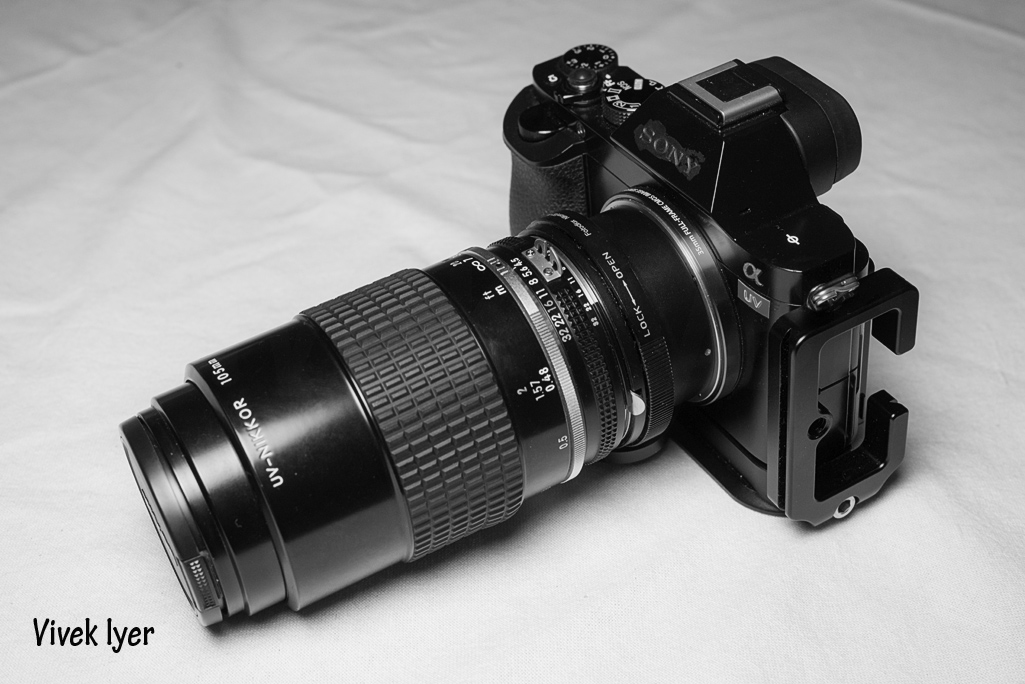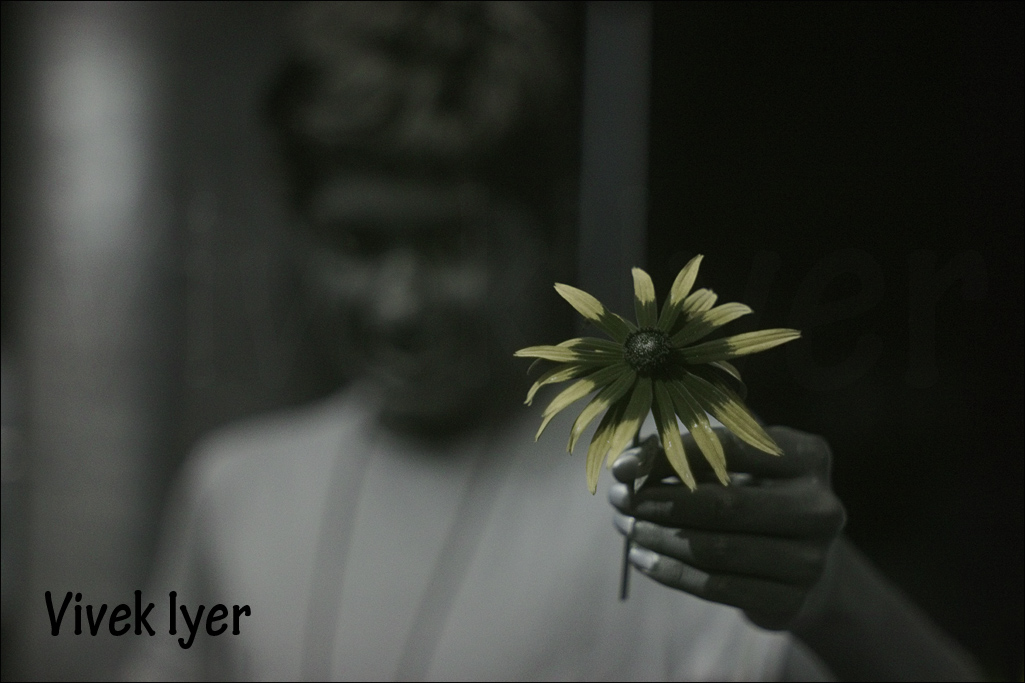The GetDPI Photography Forum
Great to see you here. Join our insightful photographic forum today and start tapping into a huge wealth of photographic knowledge. Completing our simple registration process will allow you to gain access to exclusive content, add your own topics and posts, share your work and connect with other members through your own private inbox! And don’t forget to say hi!
New UV/IR Fuji model
- Thread starter Shashin
- Start date
V
Vivek
Guest
With the possibilities of removing UV/IR cut filters, espcially with mirrorless cams, without worrying about focus shift problems, I am not sure of the need for this.
A true monochrome cam, OTOH, would have been lot more interesting (to me anyway).
A true monochrome cam, OTOH, would have been lot more interesting (to me anyway).
greypilgrim
New member
I found it interesting. Not sure is is 1700 dollars interesting, but interesting nonetheless…
Buying an X-T1 and doing it myself doesn't personally appeal that much.
I find the UV option intriguing, but I wonder how much UV the existing lenses actually let pass through.
Doug
Buying an X-T1 and doing it myself doesn't personally appeal that much.
I find the UV option intriguing, but I wonder how much UV the existing lenses actually let pass through.
Doug
greypilgrim
New member
Not quite sure what you are saying. I was referring to the lenses themselves. It used to be that you either had to buy a lens specifically for UV work (expensive) or remove coatings from lenses to get them to pass the UV wavelengths to film/sensor.At 380nm, the glass would pass all the UV radiation.
Doug
Shashin
Well-known member
Doug, the highest frequency wavelength the camera is sensitive to is 380nm. Regular optics will pass that wavelength with no loss. Lens coatings do not limit bandpass--lens coatings increase transmission. The cut filter over the sensor is responsible for limiting bandwidth. How corrected optics are for UV or NIR is a different matter...
iiiNelson
Well-known member
Many coatings on modern lenses block/filter out UV/IR. It may not affect the limited UV (Fuji didn't go very deep into the UV spectrum of the wavelengths that they'll allow to pass to the sensor) that this camera will allow to pass through to the sensor but I would assume some testing will need to be done with existing Fuji lenses to see if they are UV capable. Many older lenses are, most are constructed with fewer than 5 lens elements, and fluorite elements are common in UV capable lenses.Doug, the highest frequency wavelength the camera is sensitive to is 380nm. Regular optics will pass that wavelength with no loss. Lens coatings do not limit bandpass--lens coatings increase transmission. The cut filter over the sensor is responsible for limiting bandwidth. How corrected optics are for UV or NIR is a different matter...
Just information from what I've read in attempting to do some UV photography with my A7R-FS.
Shashin
Well-known member
Why would Fuji release a UV/IR camera when its lenses would not work with the body? I would be interested in seeing source where you are finding lens manufacturers are putting filtration on their lenses. Since the sensor is filtered, it would seem redundant to filter the optics.
I am not sure the point you are trying to make about Fluorite lenses. It usually means it is better corrected than a non-fluorite lens, but that does not limit the useful spectra. Fluorite lenses are used on microscopes for fluorescence and regular broadband.
I am not sure why folks are saying the UV sensitivity is limited? I do scientific imaging, mostly with compound microscopes, the UV wavelengths the camera is sensitive to is where natural auto-fluorescence can be found. If you want to go deeper into the UV, you are going to have to get very specialized equipment, same for IR beyond 1000nm. This is kind of like looking an an aircraft and then complaining it can't get into orbit. Well, you can do an awful lot with an aircraft, just like a sensor that is sensitive to 380nm can do more than a regular sensor sensitivity.
I think before folks worry about the camera, it might be better to figure out how you are going to get this UV radiation and how you are going to have to filter. The camera might be the least of your worry.
I am not sure the point you are trying to make about Fluorite lenses. It usually means it is better corrected than a non-fluorite lens, but that does not limit the useful spectra. Fluorite lenses are used on microscopes for fluorescence and regular broadband.
I am not sure why folks are saying the UV sensitivity is limited? I do scientific imaging, mostly with compound microscopes, the UV wavelengths the camera is sensitive to is where natural auto-fluorescence can be found. If you want to go deeper into the UV, you are going to have to get very specialized equipment, same for IR beyond 1000nm. This is kind of like looking an an aircraft and then complaining it can't get into orbit. Well, you can do an awful lot with an aircraft, just like a sensor that is sensitive to 380nm can do more than a regular sensor sensitivity.
I think before folks worry about the camera, it might be better to figure out how you are going to get this UV radiation and how you are going to have to filter. The camera might be the least of your worry.
iiiNelson
Well-known member
The information is on the internet and performed by many scientists. Vivek Iyer is one of many that has tested many lenses for their use specifically for UV Photography purposes. You can Google search the information but there are several great sources.Why would Fuji release a UV/IR camera when its lenses would not work with the body? I would be interested in seeing source where you are finding lens manufacturers are putting filtration on their lenses. Since the sensor is filtered, it would seem redundant to filter the optics.
I am not sure the point you are trying to make about Fluorite lenses. It usually means it is better corrected than a non-fluorite lens, but that does not limit the useful spectra. Fluorite lenses are used on microscopes for fluorescence and regular broadband.
I am not sure why folks are saying the UV sensitivity is limited? I do scientific imaging, mostly with compound microscopes, the UV wavelengths the camera is sensitive to is where natural auto-fluorescence can be found. If you want to go deeper into the UV, you are going to have to get very specialized equipment, same for IR beyond 1000nm. This is kind of like looking an an aircraft and then complaining it can't get into orbit. Well, you can do an awful lot with an aircraft, just like a sensor that is sensitive to 380nm can do more than a regular sensor sensitivity.
I think before folks worry about the camera, it might be better to figure out how you are going to get this UV radiation and how you are going to have to filter. The camera might be the least of your worry.
I'm not claiming that Fuji is malicious or even inherently unprepared for the X-T1 IR. I think we are merely stating the concern that either Fuji has long had the intention to release a multispectral camera or that we need to await the release of UV/VIS/IR lenses.
It's a valid concern for those interested in this camera. None of my Sony or M mount lenses are UV capable but most are great for IR.
V
Vivek
Guest
The camera might be the least of the worries when the lenses aren't upto scratch. You are assuming that Fuji have made lenses that transmit UV even to 380nm. Are there any transmission charts available for that? Even if one assumes good transmission through the glass elements used in Fuji X lenses, none of the modern lens cements (unless it is special) used will permit UV(they fluoresce and project fuzzy pictures).Why would Fuji release a UV/IR camera when its lenses would not work with the body? I would be interested in seeing source where you are finding lens manufacturers are putting filtration on their lenses. Since the sensor is filtered, it would seem redundant to filter the optics.
I am not sure the point you are trying to make about Fluorite lenses. It usually means it is better corrected than a non-fluorite lens, but that does not limit the useful spectra. Fluorite lenses are used on microscopes for fluorescence and regular broadband.
I am not sure why folks are saying the UV sensitivity is limited? I do scientific imaging, mostly with compound microscopes, the UV wavelengths the camera is sensitive to is where natural auto-fluorescence can be found. If you want to go deeper into the UV, you are going to have to get very specialized equipment, same for IR beyond 1000nm. This is kind of like looking an an aircraft and then complaining it can't get into orbit. Well, you can do an awful lot with an aircraft, just like a sensor that is sensitive to 380nm can do more than a regular sensor sensitivity.
I think before folks worry about the camera, it might be better to figure out how you are going to get this UV radiation and how you are going to have to filter. The camera might be the least of your worry.
Tre is right with his scepticism about the lenses. Unless Fuji provide transmission charts to support the ability of their lenses (any of them), i would not waste my money on them for near UV captures.
Btw, this is a continuation of their S5 UVIR camera (Nikon F mount) for which the standard recommended lens was an UV-Nikkor 105/4.5, a quartz fluorite lens with ~70% UV transmission.
greypilgrim
New member
Thanks to Vivek for clarifying. Most of my UV "knowledge" is theoretical. A lot of it comes from sites such as Bjorn Rorslett's whose work I have always found fascinating.
Doug
Doug
V
Vivek
Guest
Doug, Reflected UV captures for me have been on a different level.
The first dedicated UV camera (a hacked D40x), ~2007:
 UV1 by Vivek Iyer, on Flickr
UV1 by Vivek Iyer, on Flickr
My current dedicated UV camera (a hacked A7, for the past few years) shown with my UV-Nikkor :
 Untitled by Vivek Iyer, on Flickr
Untitled by Vivek Iyer, on Flickr
and with a Zeiss UV-Planar 60/4
 UV-Planar with A7(UV) by Vivek Iyer, on Flickr
UV-Planar with A7(UV) by Vivek Iyer, on Flickr
The cameras have an internal Baader U 2" bandpass filter 320nm-390nm (http://www.company7.com/baader/graphics/graph_bpu2_500346.jpg) - filtering off visible and IR.
The first dedicated UV camera (a hacked D40x), ~2007:
 UV1 by Vivek Iyer, on Flickr
UV1 by Vivek Iyer, on FlickrMy current dedicated UV camera (a hacked A7, for the past few years) shown with my UV-Nikkor :
 Untitled by Vivek Iyer, on Flickr
Untitled by Vivek Iyer, on Flickrand with a Zeiss UV-Planar 60/4
 UV-Planar with A7(UV) by Vivek Iyer, on Flickr
UV-Planar with A7(UV) by Vivek Iyer, on FlickrThe cameras have an internal Baader U 2" bandpass filter 320nm-390nm (http://www.company7.com/baader/graphics/graph_bpu2_500346.jpg) - filtering off visible and IR.
Last edited:
greypilgrim
New member
Vivek,
Very cool (and interesting). Do you have any sample shots? I'd love to see them.
Thanks,
Doug
Very cool (and interesting). Do you have any sample shots? I'd love to see them.
Thanks,
Doug
V
Vivek
Guest
Hi Doug,
Lots of pics (unedited, various gear) here: https://www.flickr.com/photos/vivek-iyer/sets/72157600151220643
and the ones from A7UV (also unedited bunch): https://www.flickr.com/photos/vivek-iyer/sets/72157645744474105
 Untitled by Vivek Iyer, on Flickr
Untitled by Vivek Iyer, on Flickr
Lots of pics (unedited, various gear) here: https://www.flickr.com/photos/vivek-iyer/sets/72157600151220643
and the ones from A7UV (also unedited bunch): https://www.flickr.com/photos/vivek-iyer/sets/72157645744474105
 Untitled by Vivek Iyer, on Flickr
Untitled by Vivek Iyer, on Flickr